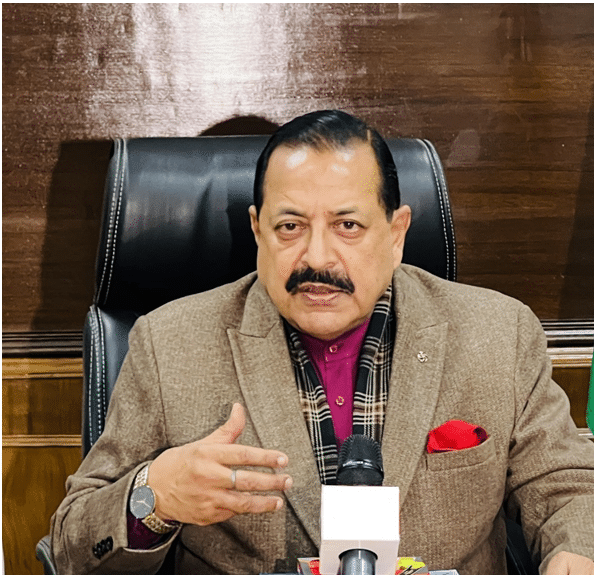India’s Historic Space Docking Mission

India is on the brink of a significant achievement in space technology. The Indian Space Research Organisation (ISRO) is set to launch its ambitious Space Docking Experiment (SpaDeX) on December 30, 2024. This mission aims to dock two satellites in space, a feat that only a few countries have successfully accomplished. Union Minister of State for Science and Technology, Dr. Jitendra Singh, announced this groundbreaking project, highlighting its importance for India’s future in space exploration.
The SpaDeX Mission: A Leap into the Future
The SpaDeX mission represents a pivotal moment for India in the realm of space technology. Dr. Jitendra Singh explained that the mission will involve the docking of two satellites, named SDX01 and SDX02, which will orbit 470 kilometers above Earth. Each satellite weighs approximately 220 kilograms. The primary objectives of SpaDeX include performing precision rendezvous and docking maneuvers, validating power transfer between the docked satellites, and operating payloads after undocking. This mission is not just a technical challenge; it is a stepping stone towards India’s broader ambitions in space.
The technology behind SpaDeX is the “Bharatiya Docking System,” which will be used to demonstrate the complex process of docking in the near vacuum of space. The satellites will be launched using the PSLV-C60 rocket from Sriharikota, with liftoff scheduled for 21:58 IST. The success of this mission will place India among an elite group of nations capable of mastering spacecraft docking technology, which is essential for future missions, including the planned Indian space station and the manned Gaganyaan mission.
Technical Challenges and Innovations
Docking two satellites in space is a highly intricate task. The satellites will travel at speeds of 28,800 kilometers per hour, and their relative velocities must be reduced to just 0.036 kilometers per hour for a successful docking. This requires precise maneuvering and coordination. The two satellites will be designated as ‘Chaser’ and ‘Target,’ and they will merge to form a single unit in space.
The SpaDeX mission will also utilize the PSLV’s fourth stage, known as POEM-4, to carry 24 payloads from academic institutions and startups. These payloads will conduct experiments in the microgravity environment of space. The mission will simulate a series of maneuvers, starting with a far rendezvous phase at 20 kilometers and culminating in docking at a distance of just 3 meters. This capability is crucial for India’s future lunar and interplanetary missions, as it enables multi-launch missions and supports human spaceflight.
Implications for India’s Space Ambitions
The successful execution of the SpaDeX mission will have far-reaching implications for India’s space program. Dr. Jitendra Singh emphasized that mastering docking technology is vital for long-term missions, such as “Chandrayaan-4,” and for establishing India’s own space station, the Bharatiya Antriksh Station. The ability to dock and undock satellites will also enhance India’s satellite servicing capabilities, allowing for more efficient use of space assets.
Currently, only the United States, Russia, and China have demonstrated advanced docking technology. By achieving this milestone, India will join this exclusive club of space-faring nations. The SpaDeX mission is not just about technology; it symbolizes India’s growing prowess in space exploration and innovation. As the nation prepares for this historic launch, the world watches with anticipation, eager to see what the future holds for India’s space endeavors.
Observer Voice is the one stop site for National, International news, Editor’s Choice, Art/culture contents, Quotes and much more. We also cover historical contents. Historical contents includes World History, Indian History, and what happened today. The website also covers Entertainment across the India and World.

